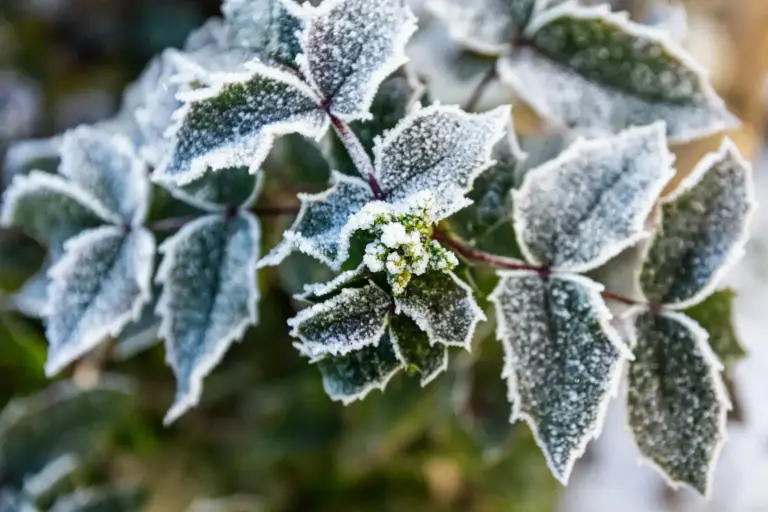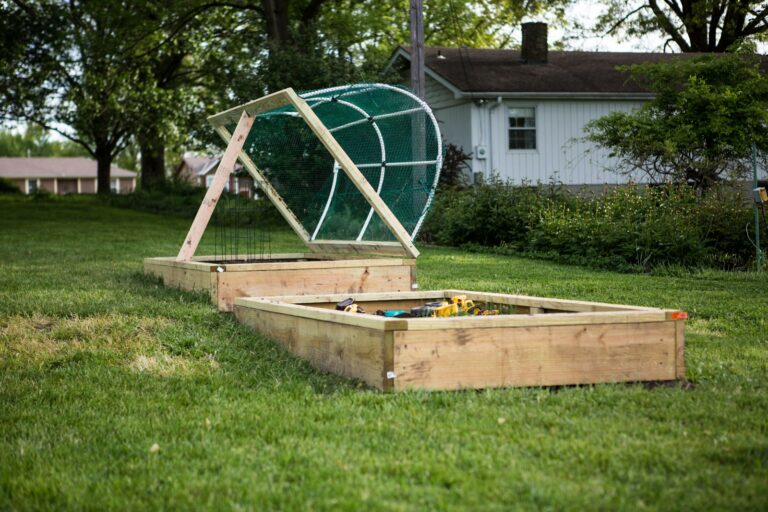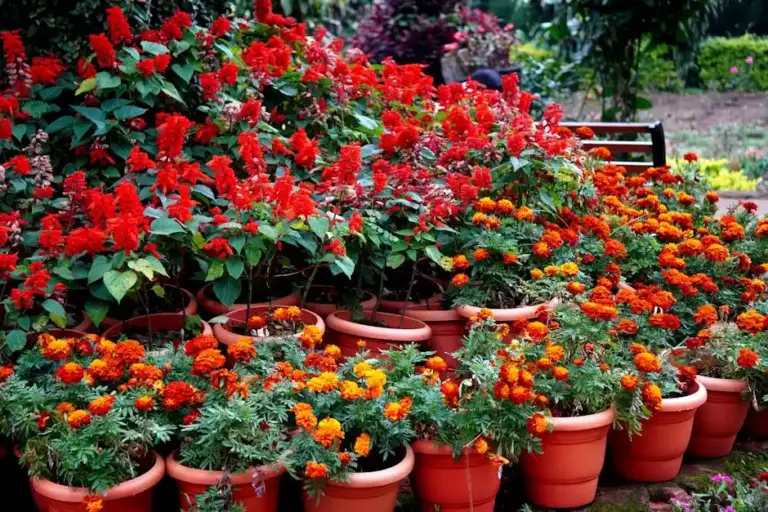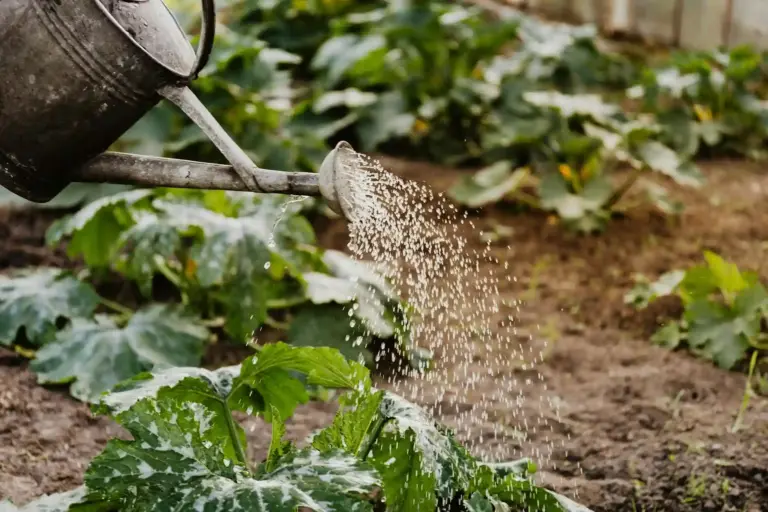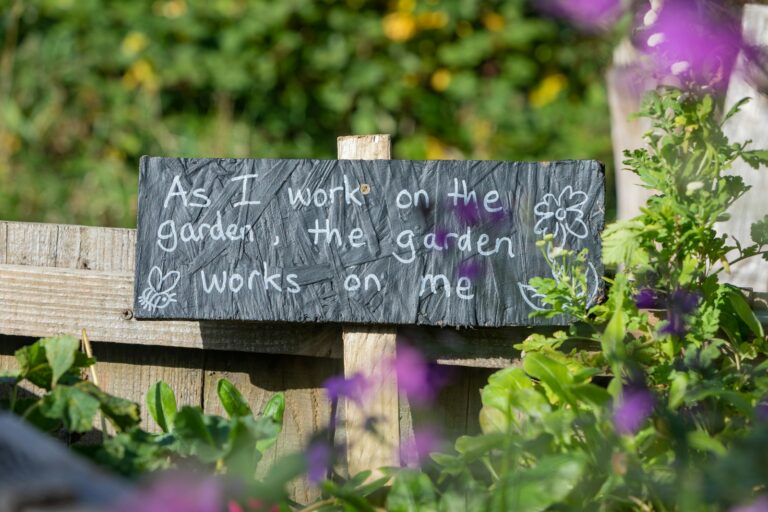How to Create a Winter Garden That Blooms in the Cold: Easy Tips for Year-Round Beauty
Creating a winter garden that thrives in cold weather might seem challenging, but it’s entirely possible with the right approach. Your garden can remain vibrant and interesting even when temperatures drop, offering beauty and purpose throughout the colder months.
The key to a successful winter garden is choosing the right plants and techniques that allow your garden to bloom despite the cold. With some planning and creativity, you can enjoy a lively space outside your door all winter long.
Choose winter-flowering bulbs like snowdrops and winter aconite

You can bring early color to your winter garden by planting bulbs like snowdrops and winter aconite. Snowdrops produce small white flowers that often bloom through snow, giving your garden a delicate, fresh look.
Winter aconite adds bright yellow blooms that appear even before the snow melts. Both bulbs prefer well-drained soil and should be planted in the fall for the best results.
These bulbs work well around evergreens, creating a nice contrast between the green foliage and early flowers. With just a little planning, your garden can bloom even in the coldest months.
Plant cold-hardy evergreens for year-round structure

You can add steady shape and color to your winter garden by including cold-hardy evergreens. These plants keep their foliage through the cold months, giving your garden a strong framework when many other plants are dormant.
Choosing evergreens like boxwoods, hollies, or yews lets you create visual anchors. They also fill gaps in borders and soften fences or walls. With evergreens around, your garden stays lively and inviting all year.
Use garden sculptures to add interest without blooms

When flowers fade, garden sculptures can keep your outdoor space lively and visually appealing. You can choose pieces with unique shapes or textures that look beautiful dusted with snow or frost.
Sculptures provide year-round interest and personality, even when plants are dormant. Try metal or stone figures for contrast in the winter landscape.
Place sculptures thoughtfully to avoid clutter. A well-chosen statue or artistic structure can become a focal point, adding charm without the need for blooms.
Incorporate twinkling outdoor lights for cozy ambiance
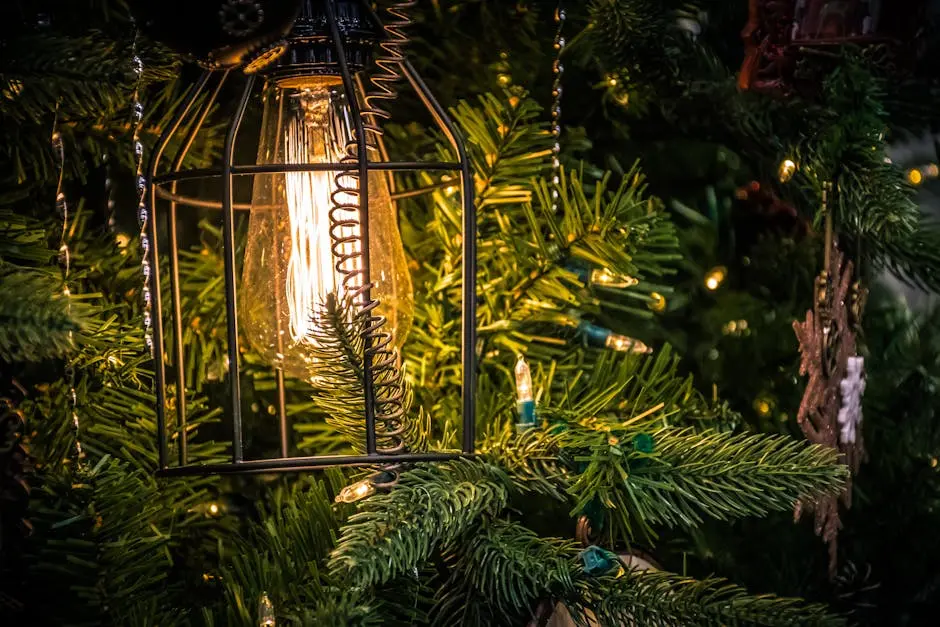
You can easily create a warm and inviting atmosphere in your winter garden by adding twinkling outdoor lights. Soft white or warm golden string lights work well draped over trees, fences, or pergolas.
These lights add a gentle glow that makes your garden feel cozy, especially when the days are short and evenings get colder.
Wrap lights around branches or hang them overhead to highlight natural features and seating areas. This simple touch will invite you to spend more time outdoors, enjoying your winter garden’s charm.
Build protective structures like cold frames or cloches
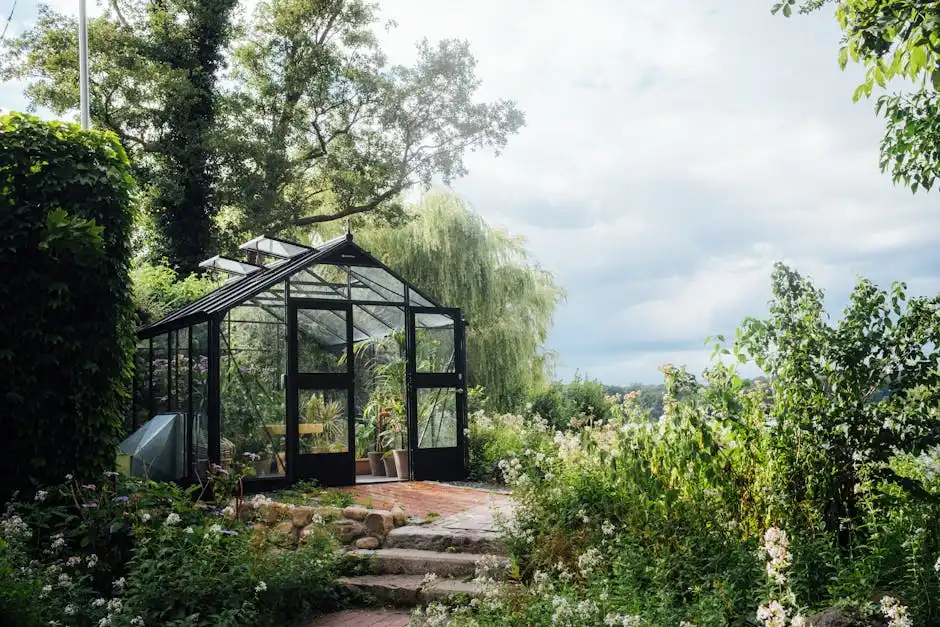
You can extend your garden’s growing season by using cold frames or cloches. These simple structures trap heat from the sun, creating a warmer environment for your plants even when outdoor temperatures drop.
Cold frames are low boxes with transparent lids that protect your plants from frost and wind. Cloches work similarly but are smaller, often covering individual plants.
Both help shield young seedlings and tender crops from harsh weather. Building one yourself is easy and affordable, using materials like wood, glass, or recycled windows. This way, you keep your garden growing longer through cold months.
Use mulch to insulate soil and protect roots
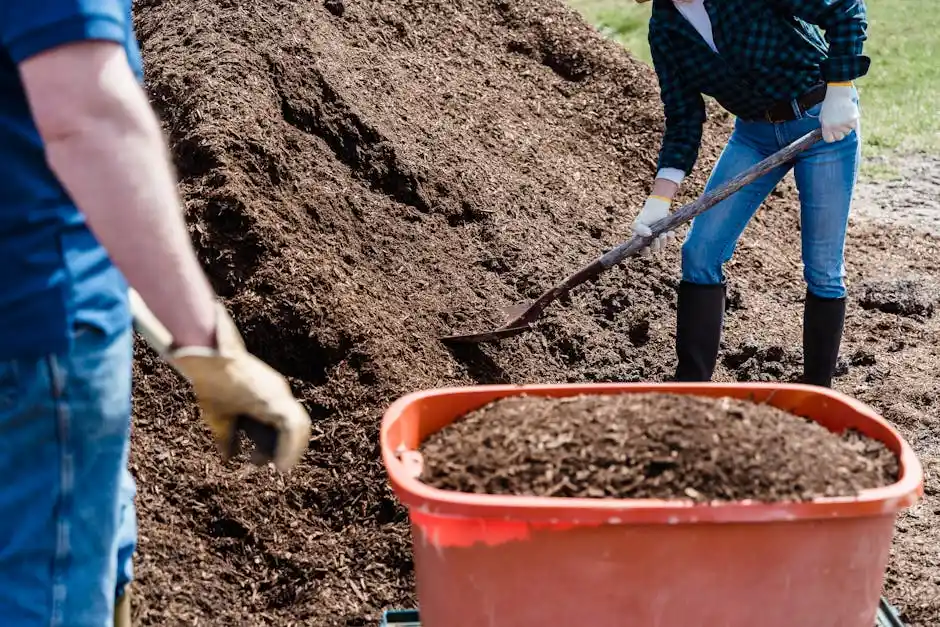
Mulch is a simple way to keep your garden healthy through winter. Applying a 2-4 inch layer around your plants helps hold heat in the soil.
This extra insulation protects roots from freezing temperatures. It also keeps the soil temperature steady, preventing damage from constant cold and thawing cycles.
You can use shredded leaves, straw, or compost as mulch. Apply it after the first frost to trap cold air and keep your plants safely dormant.
Mulch also improves soil by slowly adding nutrients as it breaks down. This sets your garden up for a stronger spring growth.
Add fragrant plants like winter jasmine or hellebores
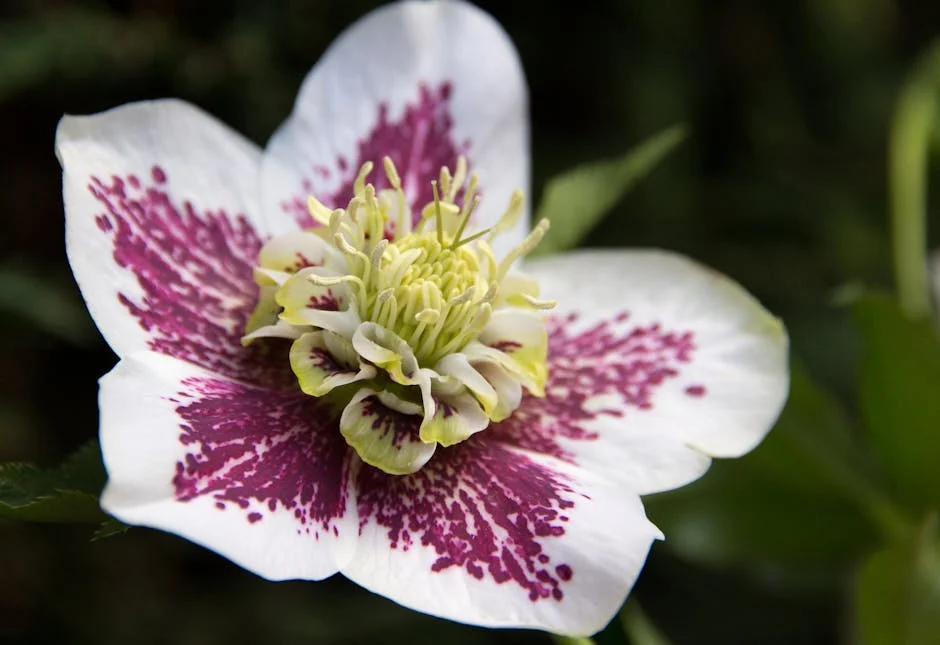
You can bring scent and color to your winter garden by adding fragrant plants like winter jasmine. Its yellow flowers appear early in the season, brightening up cold, dull days.
Hellebores are another great choice. Known as Christmas Roses, they bloom in winter and have a subtle fragrance.
Both plants are hardy and low maintenance, making them perfect for colder climates. Their blooms will add interest to your garden when many other plants rest. Try planting them near paths or seating areas so you can enjoy their scent up close.
Plan your garden layout focusing on texture and form
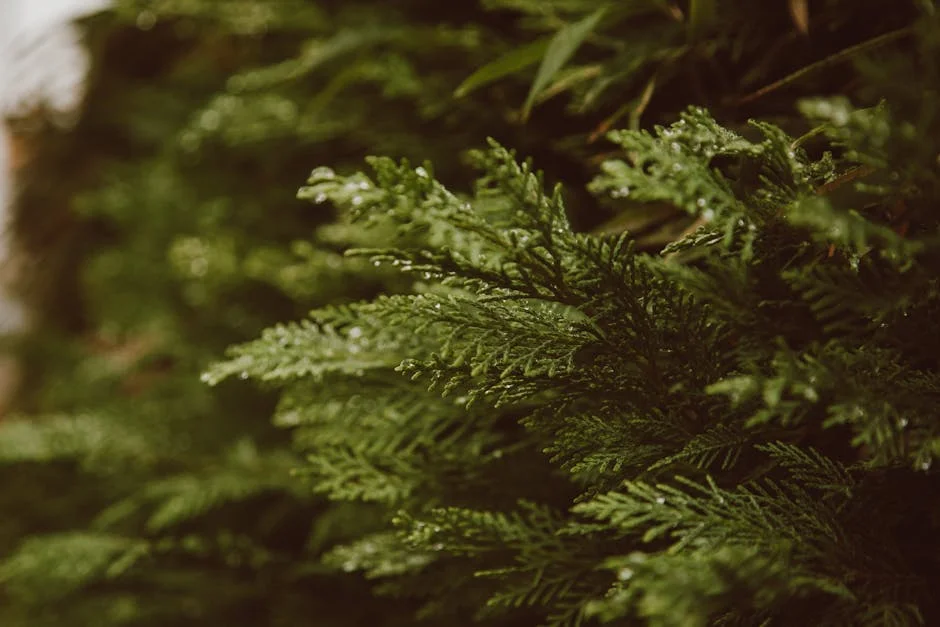
When designing your winter garden, think beyond flowers and focus on texture and form. Plants with strong shapes and interesting bark create lasting visual appeal even without leaves.
Evergreens are a great choice because they offer structure year-round. Mix different heights and textures to make your garden feel layered and lively.
Adding natural elements like logs or stones helps provide contrast and focal points. This creates a winter garden that stays engaging, even when many plants are dormant.
Include frost-resistant shrubs such as witch hazel

You can add color to your winter garden by planting frost-resistant shrubs like witch hazel. These shrubs bloom in late fall or winter, offering bright yellow, orange, or red flowers when most plants are dormant.
Witch hazel is tough and can handle cold, wind, and even snow. Its flowers often last up to eight weeks, giving your garden a long-lasting splash of color.
Plus, witch hazel is low-maintenance and deer resistant, making it a practical choice for winter gardening. Adding this shrub helps keep your garden lively and interesting during the colder months.
Extend the growing season with raised beds
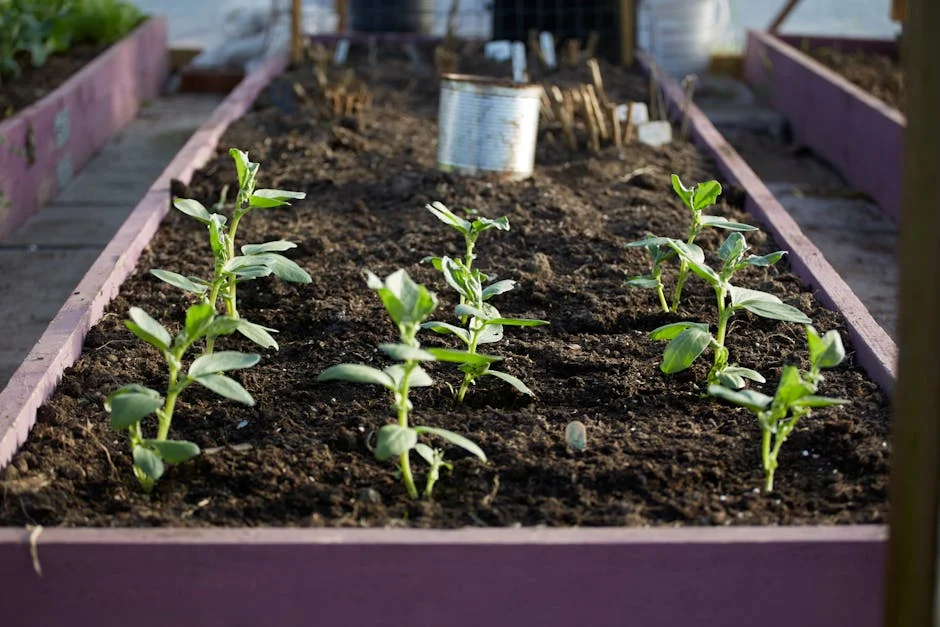
Raised beds warm up faster in spring, so you can start planting earlier than in traditional garden beds. The soil drains better, helping to avoid soggy conditions that slow growth.
You can also use season extension accessories like cold frames or frost cloths over raised beds. These trap heat and protect plants from frost, letting your garden thrive longer into the colder months.
Adding mulch or garden fabric on top of raised beds helps keep soil temperatures stable. These simple steps can make your winter garden bloom even when the air is chilly.


